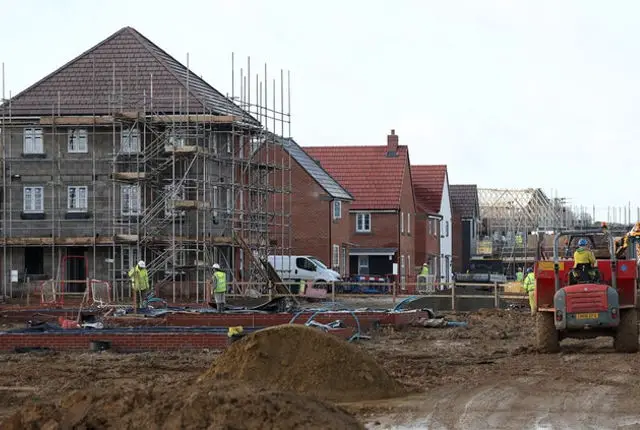New house building has increased on the Isle of Wight, new data reveals.
Industry experts forecast new home completions will continue to rise, but warned that the ongoing uncertainty surrounding Brexit may impact demand for new housing.
Comparison with previous year
Ministry of Housing, Communities and Local Government data shows that 240 houses were completed in the nine months to September 2018, up from 220 the previous year.
It only includes new houses, and doesn’t take into account conversions of houses into flats or changes of use from office to dwelling.
Alongside completed dwellings, building started on a further 180 homes between January and September 2018, in line with the previous year.
Nationally, new homes completions are on the rise, with 116,670 built and 130,010 started in the period.
On the Isle of Wight, private developers financed all the new homes built.
Shelter: Social home building must top agenda
Polly Neate, chief executive of housing charity Shelter, said the Government needed to increase its efforts to meet its target of 300,000 new homes a year.
She said:
“The fact housebuilding rates have picked up since the start of the decade is a welcome sign, but the Government still needs to make giant strides.
“To achieve this, it simply cannot rely on private developers alone – building social homes must be top of the agenda.”
Stewart Baseley, executive chairman of the Home Builders Federation, put the rising number of home completions down to the Government improving conditions for house builders.
He said:
“Successive governments have helped create a much more positive policy environment, that has allowed the industry to invest with confidence in the people and land needed to build more homes.
“All indicators suggest we will see further increases in output and planning permission for new homes.
“Unlike the second hand market, new home sales have generally remained resilient to the ongoing uncertainty, but clearly demand for new homes is reliant on a level of economic stability.”
Nationally house building has mostly decreased since the 1960s. The early part of this decade saw house building at its lowest peacetime level since the 1920s.
Article shared by Data Reporter as part of OnTheWight’s collaboration with Press Association and Urbs Media





